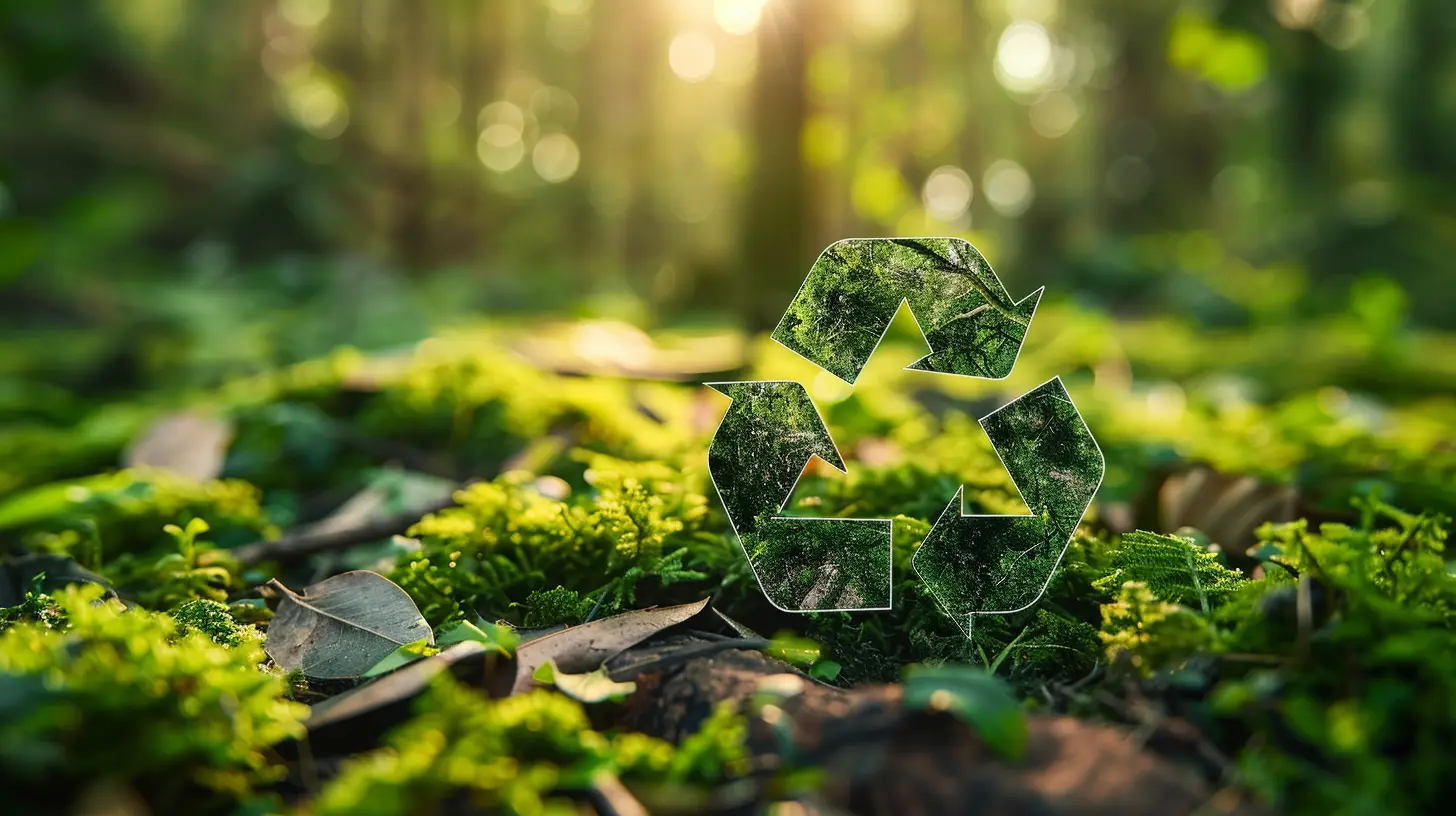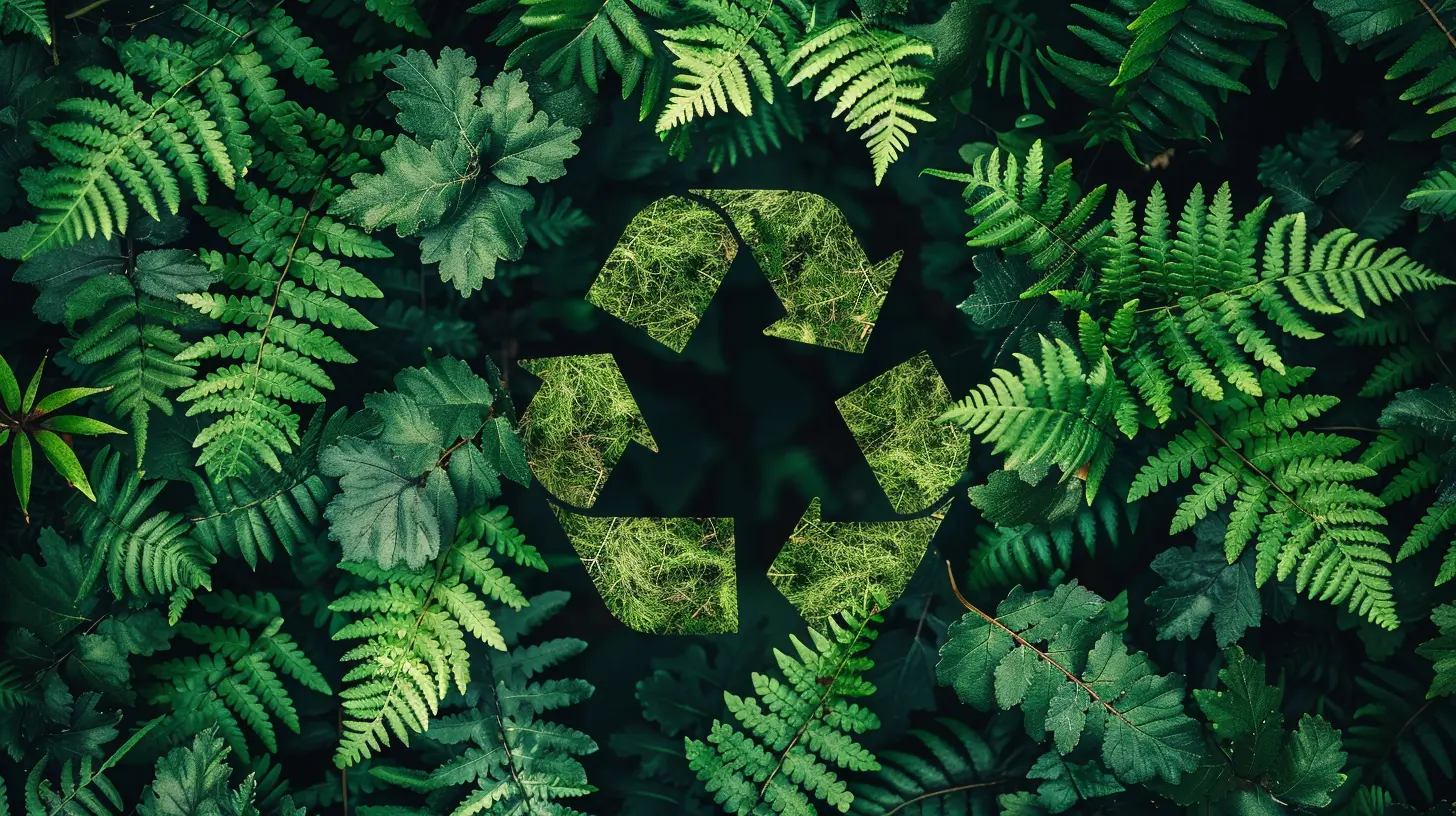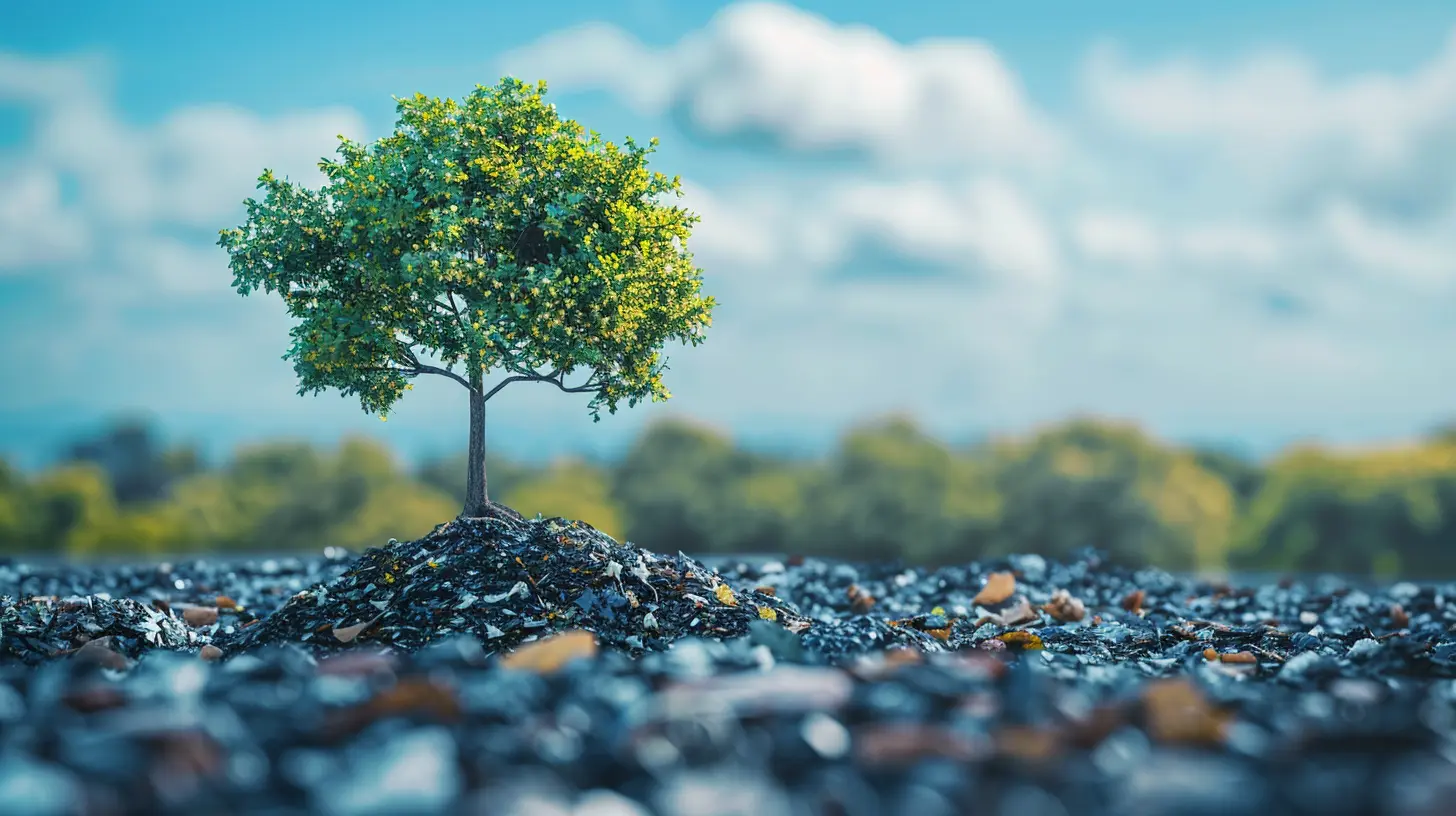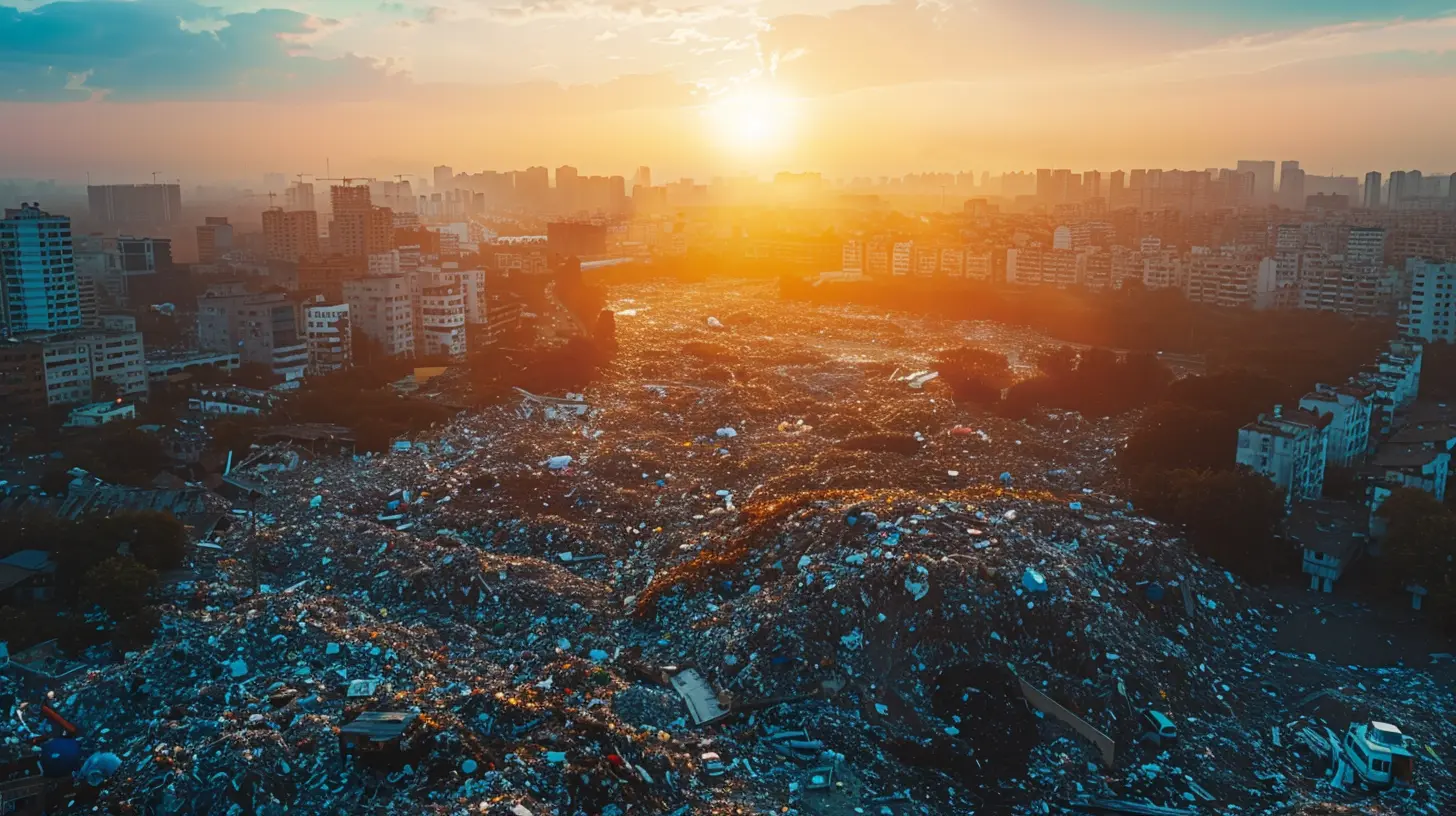The Role of Circular Economy in Reducing Business Waste
9 October 2025
Let’s face it: waste is everywhere. From single-use products to packaging overloads, businesses today are generating more waste than ever. But here’s the thing—what if we could flip the script? What if your business could actually grow while producing less waste? Sounds like a dream, right? Well, that’s where the circular economy steps into the spotlight.
In this article, we're diving deep into the circular economy, why it’s not just a buzzword, and how it can play a game-changing role in slashing business waste while boosting profits and sustainability. Buckle up—this isn’t your typical lecture on recycling.
What Is the Circular Economy, Really?
Ever heard the phrase "what goes around comes around"? That's basically the foundation of the circular economy. It's an alternative to the traditional linear model of “take, make, dispose.” Instead of products marching toward the landfill, they spin around a loop of reuse, repair, refurbish, and recycle.Linear vs Circular: A Quick Comparison
| Aspect | Linear Economy | Circular Economy ||---------------------|------------------------|---------------------------|
| Resource Use | Take-make-dispose | Reduce-reuse-recycle |
| Lifespan of Product | Short | Extended |
| Waste Generation | High | Minimal |
| Sustainability | Low | High |
See the difference? In a circular economy, waste becomes a valuable resource. It’s about designing smarter, using better, and thinking ahead.
Why Businesses Should Care About Waste
Okay, so waste is bad. That’s not news. But why should your business care beyond the warm fuzzy feeling of doing good?1. Waste Costs Money
Look around your workplace. Every piece of unused material or defective product silently drains your budget. Packaging, inventory loss, energy use—waste adds up faster than your coffee bill.2. Customers Are Watching
Today’s consumers are not just buying products. They’re buying stories, values, and responsibility. Sustainable brands have the upper hand when customers are choosing who they trust and support.3. Regulations Are Tightening
Governments across the globe are cracking down on pollution and waste. From plastic taxes to landfill bans, the “eco-friendly” route might soon be the only route.So, the question isn’t “Why should we care?”, it’s “Can we afford not to?”.
How the Circular Economy Reduces Business Waste
Here’s where the rubber meets the road. The circular economy isn't just a fancy concept—it’s practical, effective, and downright smart.1. Smarter Product Design
It all starts at the drawing board. When products are designed for longevity, repairability, and eventual recycling, the amount of waste drops dramatically.Let’s take smartphones, for instance. Instead of being glued shut and destined for the bin, modular designs like Fairphone allow users to swap out parts—battery dead? Just replace it. Crack the screen? Easily fixable.
This means fewer products being tossed out, and fewer raw materials being mined.
2. Closed-Loop Supply Chains
Imagine a system where your company takes back products at the end of their life. That printer cartridge you sold last year? You get it back, clean it out, refill, and resell. This closed-loop approach reduces raw material use and landfill waste.Bonus? It keeps you in contact with customers, reinforcing loyalty and repeat business.
3. Embracing the "As-a-Service" Model
Want to really cut physical waste? Stop selling stuff—offer services instead.Instead of selling light bulbs, Philips offers “lighting-as-a-service” where they maintain ownership and handle everything from installation to recycling. Customers get performance, not products. Meanwhile, Philips gets continuous use of valuable materials.
This model turns waste into opportunity.
4. Industrial Symbiosis
Here’s a wild idea: what if your waste was another business’s raw material?This is already happening in eco-industrial parks where one company’s by-product becomes the feedstock for another. The classic example? Kalundborg, Denmark, where excess heat, steam, and waste materials are shared across sectors—from energy plants to fish farms and pharmaceutical companies.
It’s like an ecosystem for industry. Genius, right?
5. Recycling and Upcycling
Of course, we can’t talk circular economy without mentioning recycling and upcycling. But here's the twist: it’s not just about tossing cans in the blue bin—it’s strategic.Take Patagonia. They don’t just recycle; they upcycle. Old jackets become totes, broken zippers get repaired, and worn clothes get a new life. It builds brand loyalty, reduces waste, and shows customers you walk the talk.
Real-World Businesses Crushing It With Circular Practices
Need proof that the circular economy works in reality? Let’s highlight a few trailblazers:IKEA
The Swedish giant is on a mission to become fully circular by 2030. They've launched furniture buy-back programs, rental models, and recyclable materials across product lines. That bookshelf you’re tired of? Bring it back—they’ll give it a second life.Dell
Dell’s “closed-loop” recycling program uses old electronics to make new ones. Even the packaging is now made from recycled materials like ocean plastics. They’ve diverted millions of pounds of e-waste—and counting.Unilever
They’re rolling out reusable packaging through partnerships with Loop, a zero-waste shopping platform. Think shampoo in a stainless-steel bottle you send back when empty. Clean, cool, and circular.Challenges Businesses Face—and How to Overcome Them
Okay, let’s keep it real. Adopting a circular economy isn’t just a walk in the park.1. Upfront Costs
Switching from linear to circular requires investment—new designs, new systems, new partners. But remember, it’s like buying good shoes. More expensive upfront, but they last way longer and save money in the long run.Tip: Start small. Pilot a reusable packaging project or implement one take-back system. Scale as you learn.
2. Supply Chain Resistance
Suppliers may not be on the same page. Convincing them to adopt circular practices can be like herding cats.Solution? Collaboration. Share benefits, offer incentives, and build long-term relationships that support circular goals.
3. Consumer Behavior
Despite all the awareness, changing customer habits is hard. Not everyone wants to return packaging or repair old stuff.How do you fix this? Make it easy. Make it rewarding. Offer discounts, loyalty points, or even just recognition.
Why Circular Economy Is the Future of Business
Let’s zoom out for a second.We’re not just dealing with a waste problem—we’re facing a resource crisis, climate change, and a rising tide of consumer demand for accountability. Going circular isn’t just a nice idea—it’s survival.
The Financial Upside
According to the Ellen MacArthur Foundation, transitioning to a circular economy could unlock $4.5 trillion in economic benefits globally by 2030. That’s not chump change.Lower costs, higher brand loyalty, better risk management—what’s not to like?
The Environmental Benefits
Less landfill, less pollution, fewer emissions. Circular models help fight climate change, conserve biodiversity, and safeguard future resources. You’re not just saving money—you’re saving the planet.How to Get Started With Circular Practices in Your Business
Thinking about making the leap? Here’s a simple roadmap to help you dip your toes into the eco-friendly waters:1. Audit your waste: What are you throwing away? Where is it coming from?
2. Rethink product design: Can anything be redesigned to last longer or be repurposed?
3. Engage your team: Get employees involved in identifying waste streams and opportunities.
4. Partner up: Collaborate with recyclers, upcyclers, and circular-minded suppliers.
5. Educate your customers: Share your vision, your practices, and how they can be part of the journey.
Remember, the circular economy isn’t an all-or-nothing game. Every loop you close counts.
Final Thoughts
Here’s the bottom line: the role of the circular economy in reducing business waste isn’t just important—it’s transformational.In a world drowning in garbage, smart businesses are building islands of innovation. They're using fewer resources, generating less waste, and connecting with a new generation of conscious consumers.
It's not just about going green. It's about staying relevant, competitive, and future-ready.
So, are you ready to start spinning your business into the circular economy?
Because the future isn’t linear—and neither should your business be.
all images in this post were generated using AI tools
Category:
SustainabilityAuthor:

Lily Pacheco
Discussion
rate this article
1 comments
Celeste McPhee
The article effectively highlights how adopting a circular economy framework can significantly minimize waste in business operations, driving sustainability. Emphasizing resource efficiency not only curtails environmental impact but also enhances long-term profitability.
October 26, 2025 at 3:33 AM


